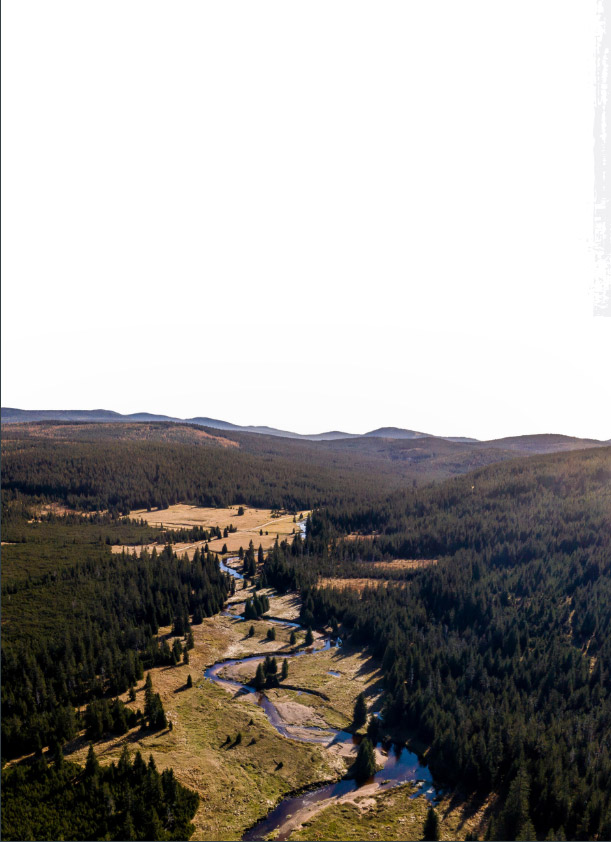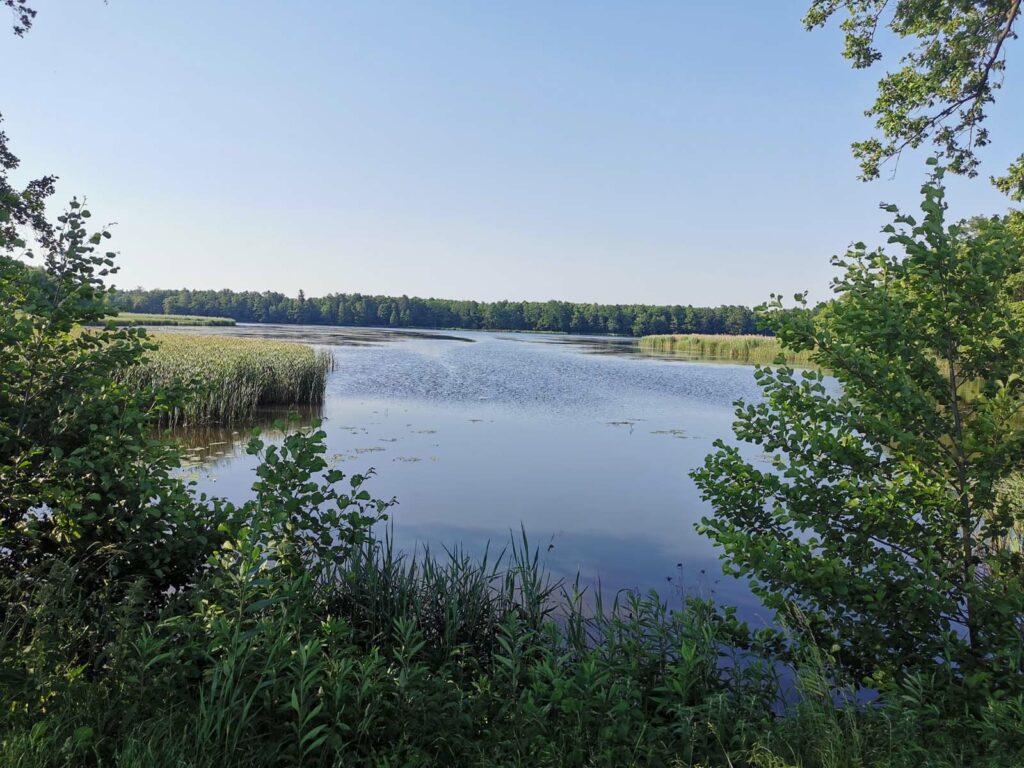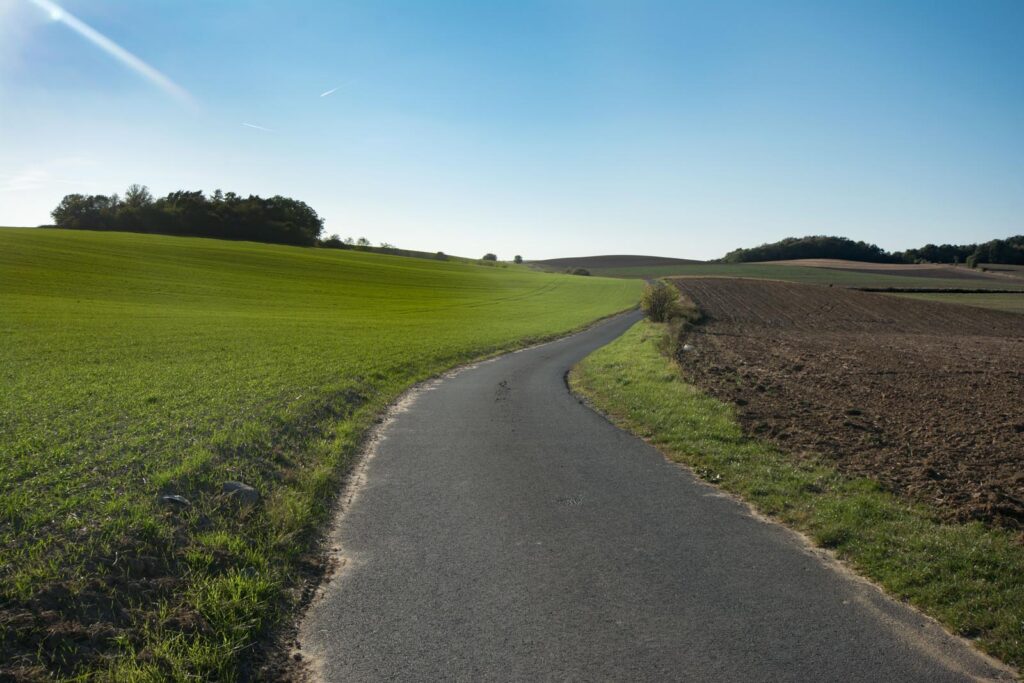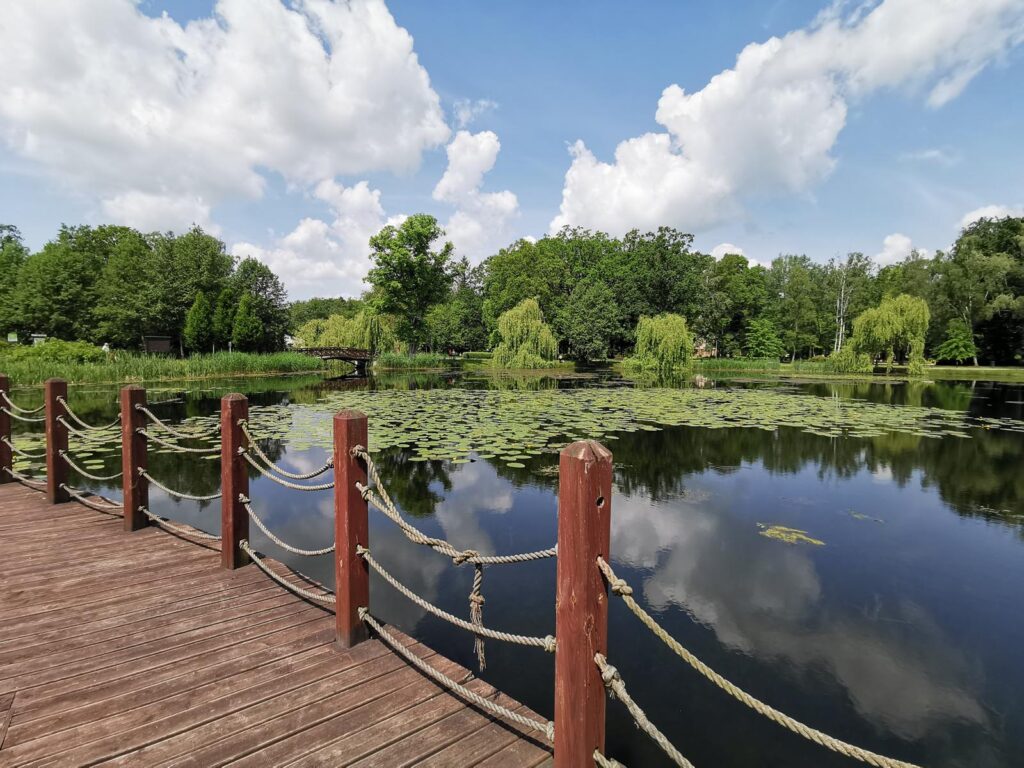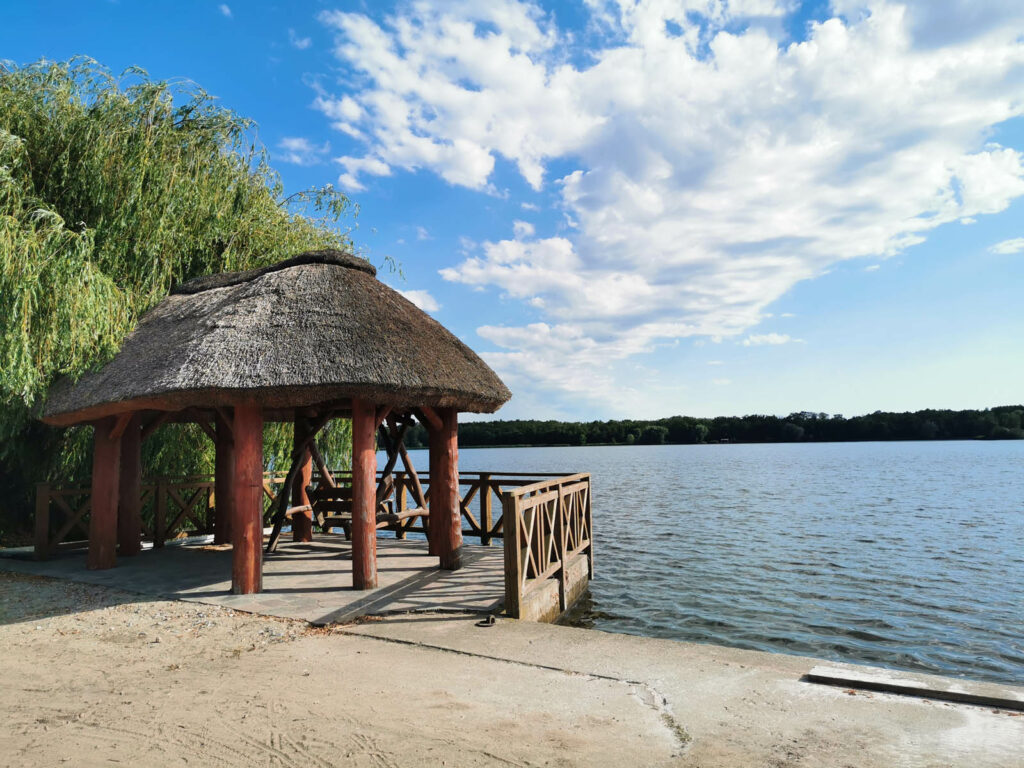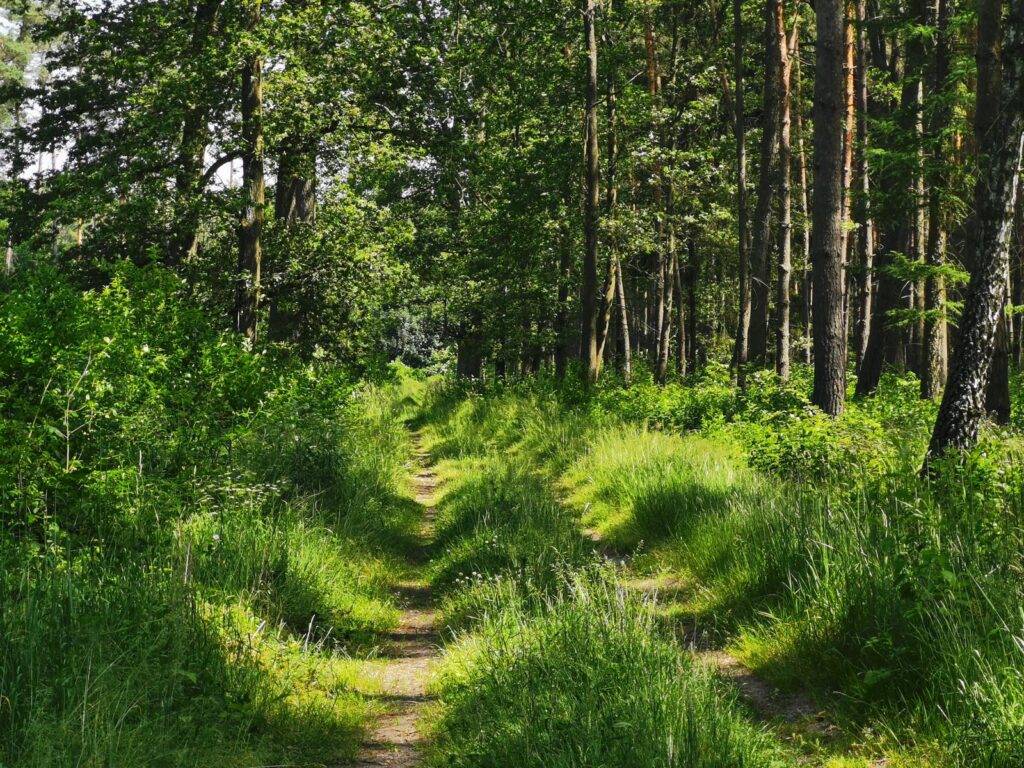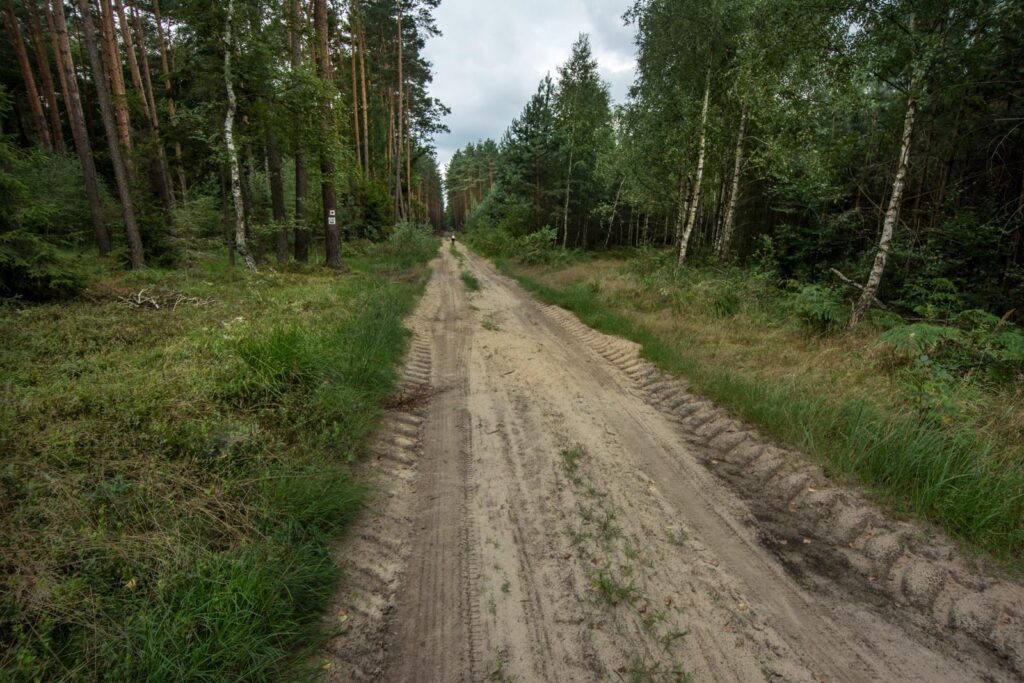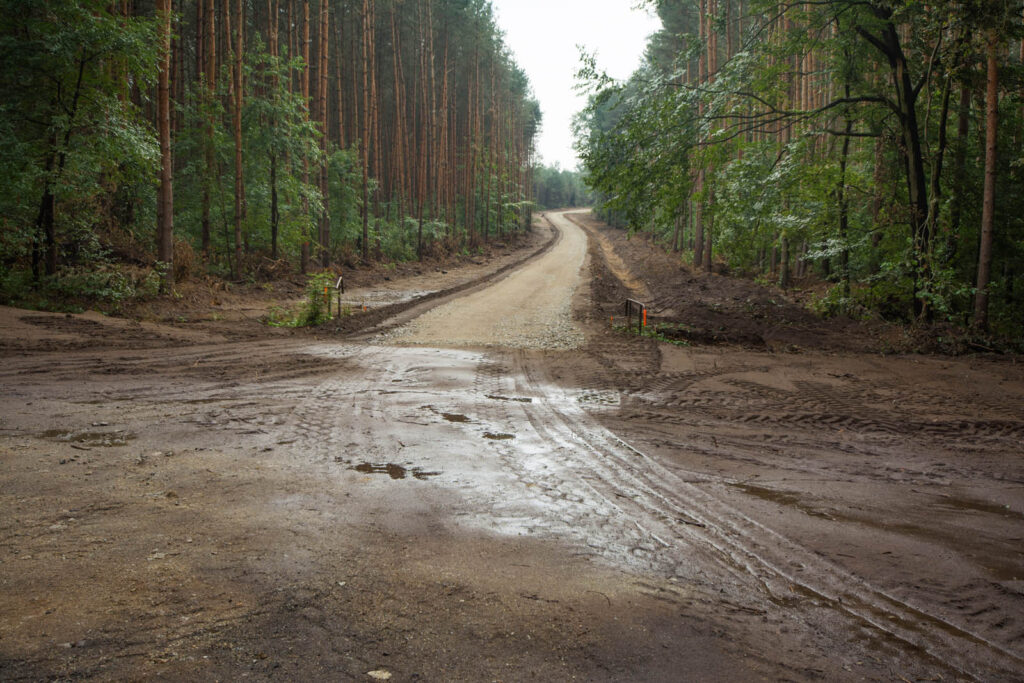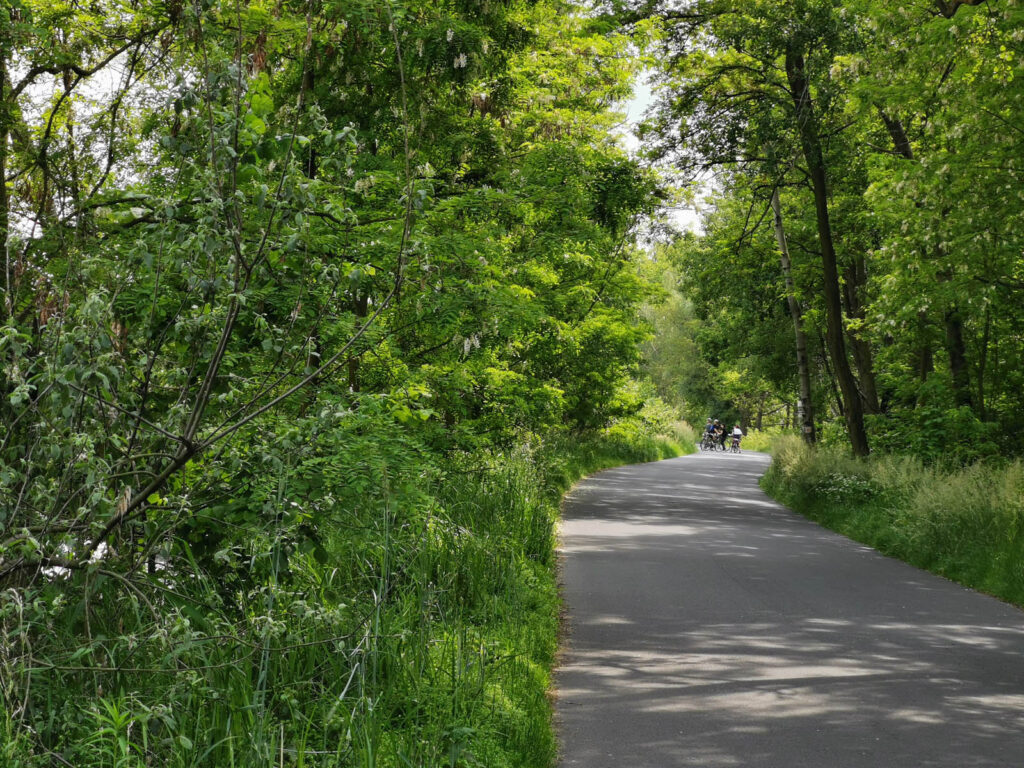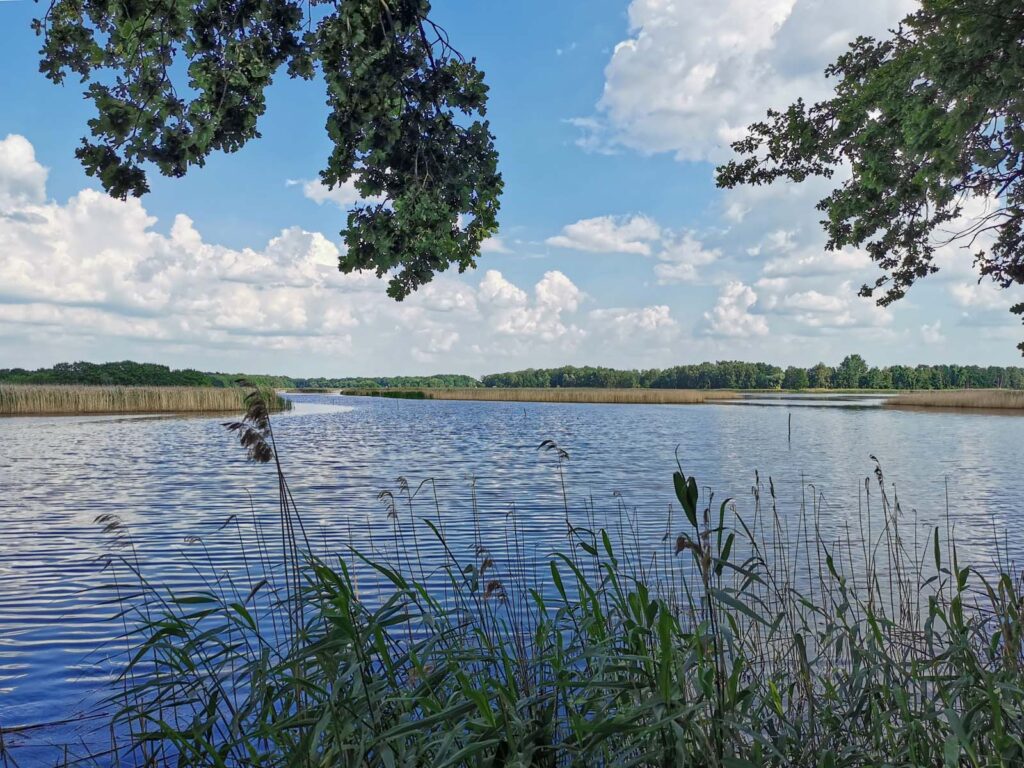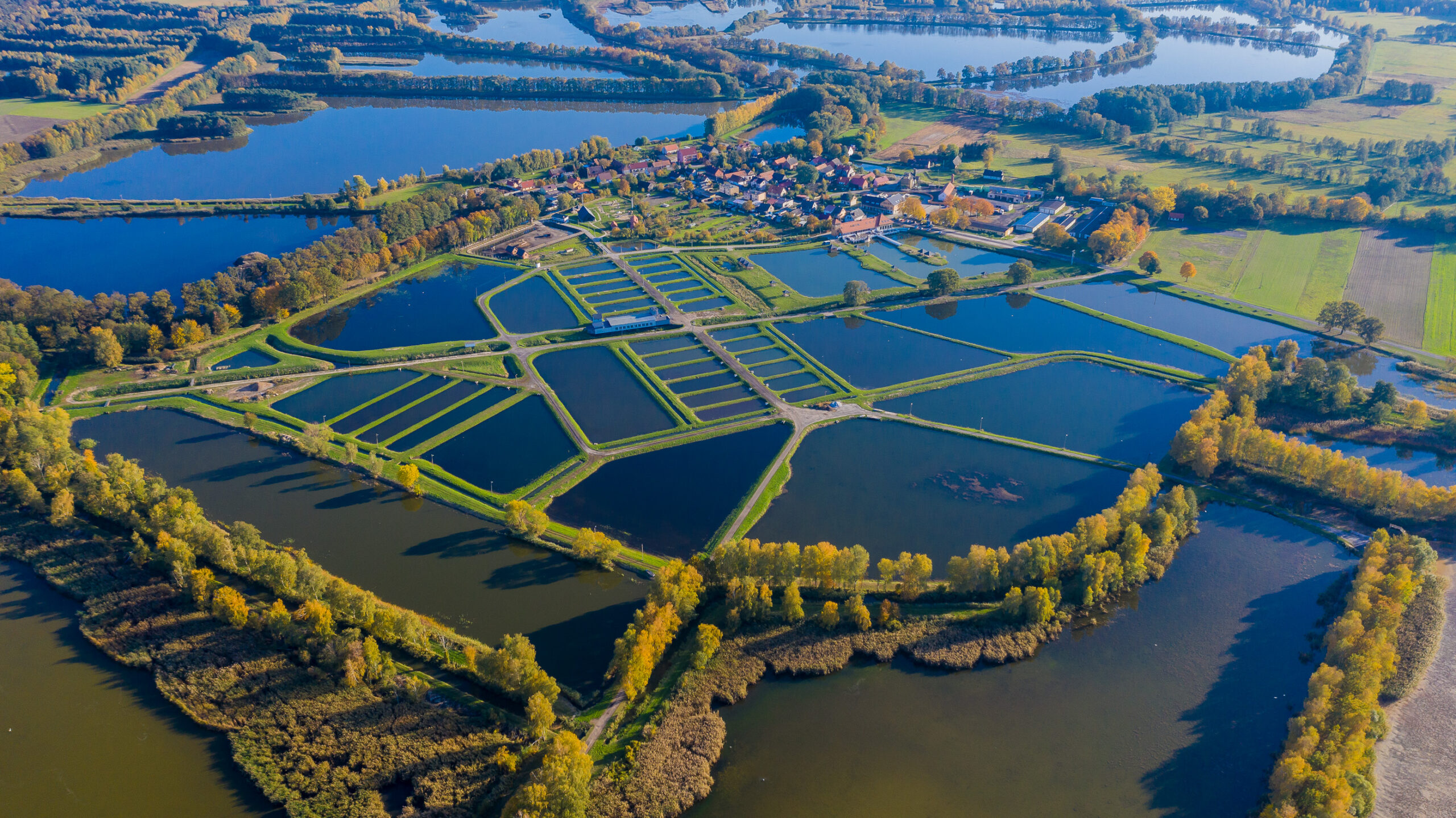
The Barycz River Valley and the Trzebnickie Hills

Before going on a trip to the Trzebnickie Hills or the Barycz Valley, be sure to visit www.dolnoslaskakrainarowerowa.pl
Lower Silesian Bicycle Land
 www.dolnoslaskrakrainarowerowa.pl
www.dolnoslaskrakrainarowerowa.pl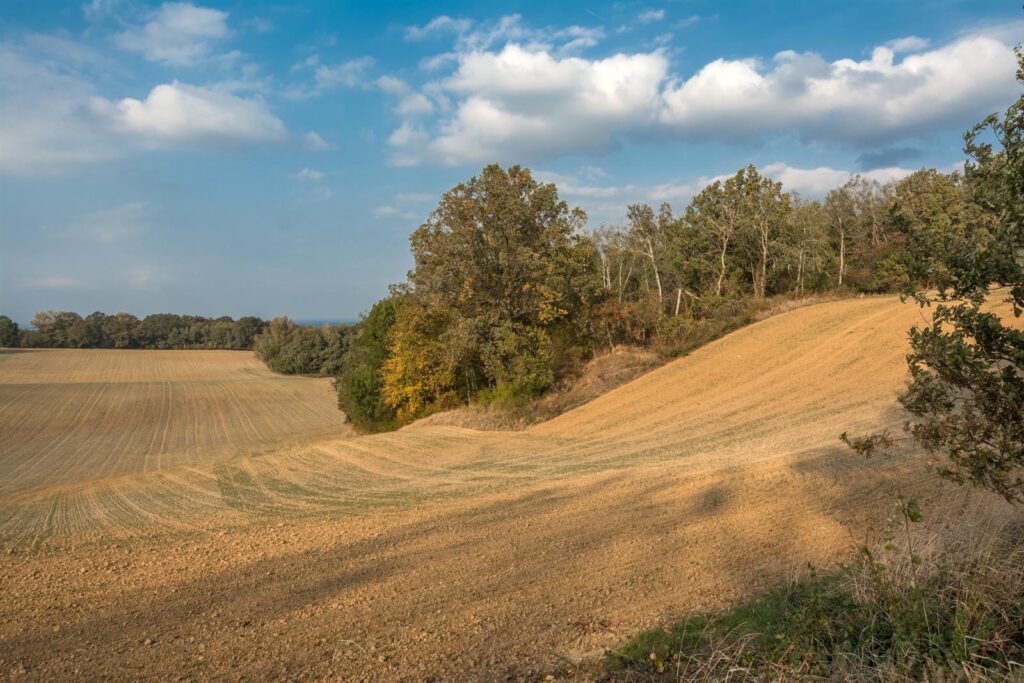
The Trzebnickie Hills are part of the nearly 200-kilometre-long Trzebnica Embankment, which also includes the Żarskie Hills, the Dałkowskie, Ostrzeszów and Twardogórskie Hills.
The Trzebnica Hills, or the Cat Mountains
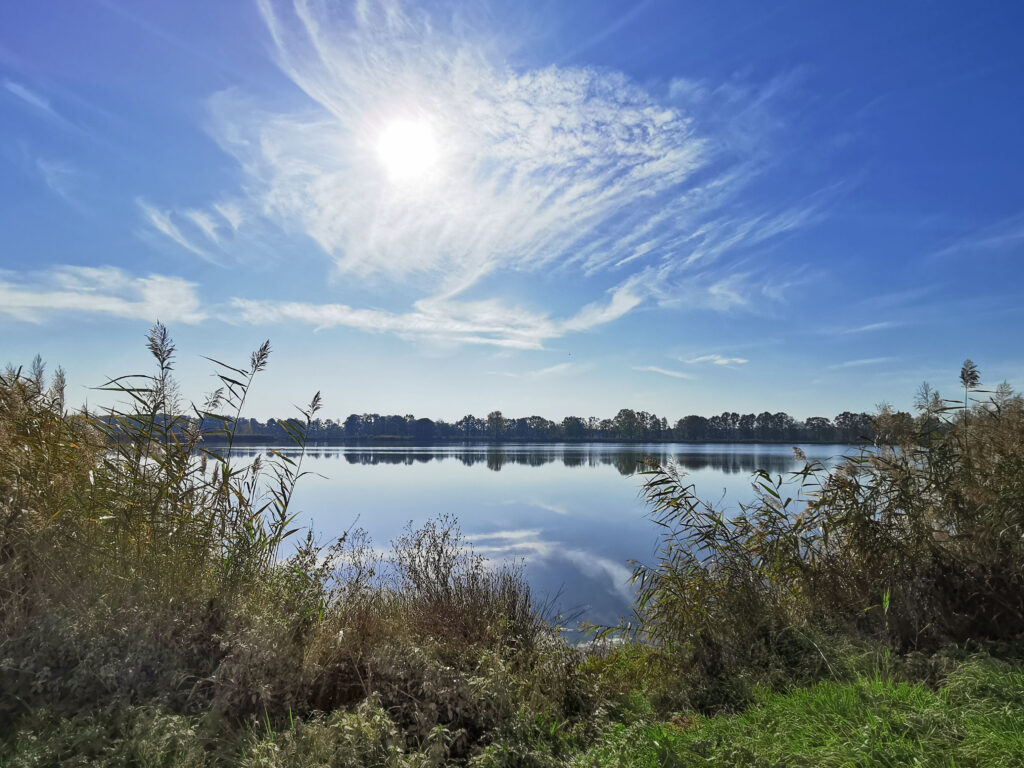
The Barycz Valley, one of the most beautiful river basins in Poland. It offers wonderful landscapes and the opportunity to commune with nature without the hustle and bustle of tourists.
The Barycz River Valley
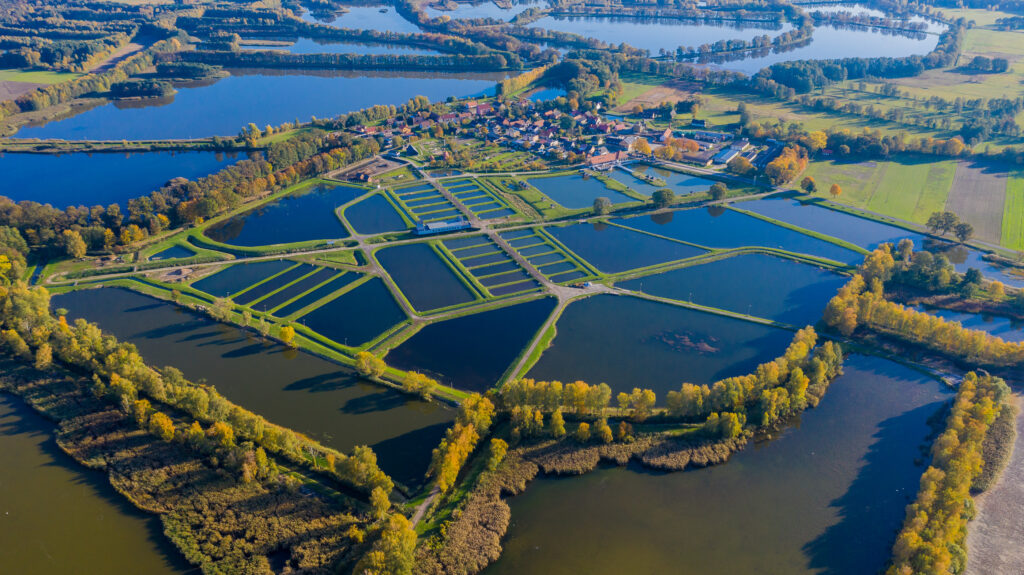
At the Milickie Ponds, we can meet such a rare white-tailed eagle, which is the prototype of the emblem of Poland or another impressive bird predator - the harrier.

